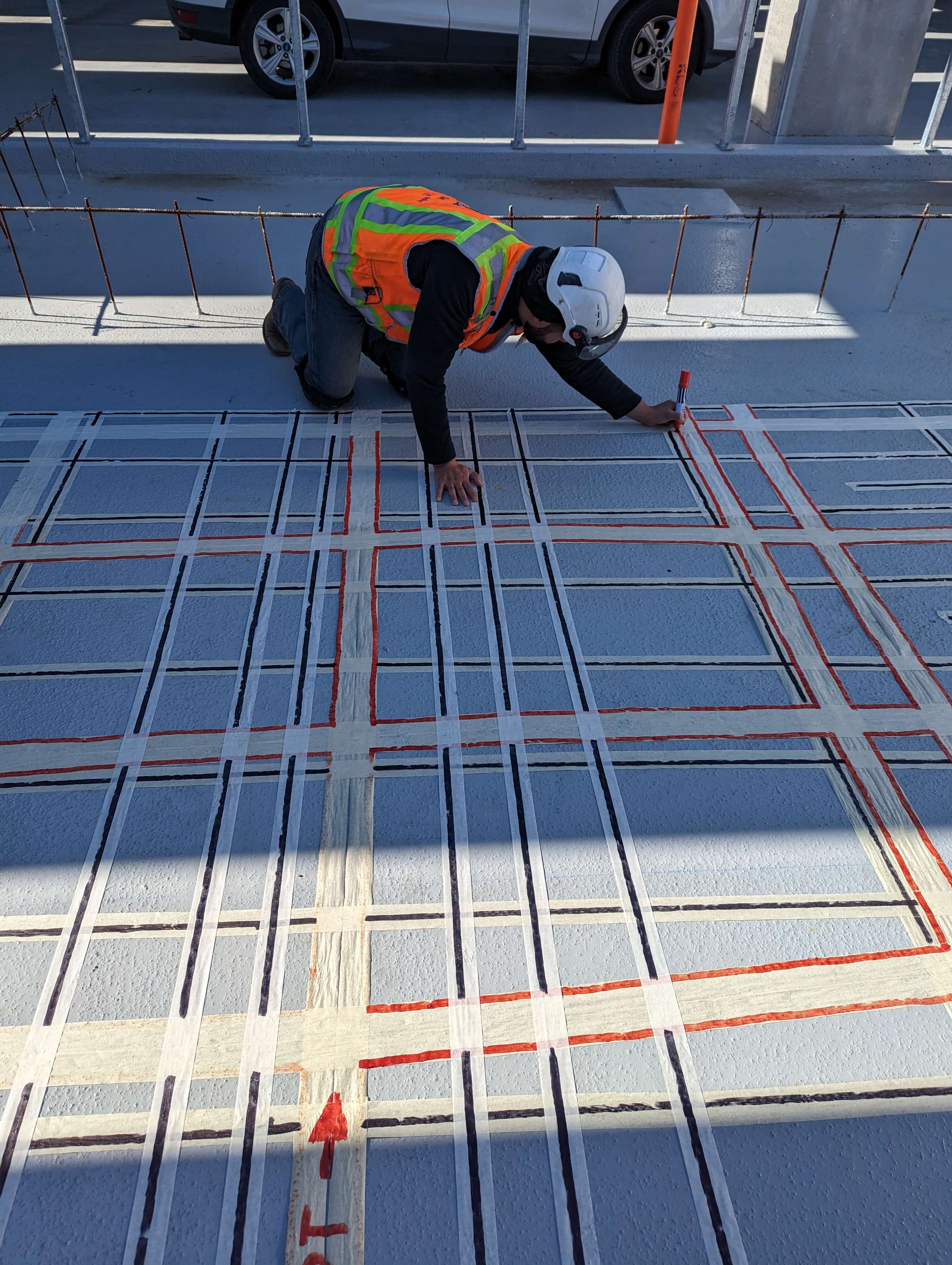Introduce the Transformative Power of Concrete Scanning in Optimizing Efficiency and Safety And Security
Concrete scanning has arised as an important tool in the building industry, providing unequaled advantages in enhancing job performance and guaranteeing security criteria. By utilizing sophisticated modern technology, concrete scanning allows professionals to see beyond the surface, revealing hidden complexities that can influence the structural stability of a structure. The transformative power of concrete scanning hinges on its capability to offer comprehensive understandings and real-time data, revolutionizing exactly how tasks are prepared and executed. As we explore the details of this cutting-edge technique, a world of opportunities opens, showcasing a new age of building and construction practices that prioritize precision and safety.
Value of Concrete Scanning
Guaranteeing the structural honesty and safety of building and construction jobs starts with the important step of carrying out extensive concrete scanning. Concrete scanning is a non-destructive method utilized to spot and map subsurface components within concrete structures.
The relevance of concrete scanning can not be overstated, as it plays a vital duty in stopping mishaps, minimizing task delays, and making certain the long-term toughness of the construction. By determining possible hazards prior to the building stage starts, builders can execute proper precaution and make notified decisions relating to the layout and implementation of the project. Furthermore, concrete scanning assists in maximizing task timelines and budget by avoiding unforeseen expenses and delays that may emerge as a result of unforeseen obstructions within the concrete. Inevitably, investing in complete concrete scanning is an aggressive approach that enhances both efficiency and safety in building jobs.
Exactly How Concrete Scanning Works
Concrete scanning runs as a vital tool in building projects by utilizing advanced modern technologies to discover and map subsurface components without triggering architectural damage. Ground Permeating Radar (GPR) and Electromagnetic Induction (EMI) are two main approaches utilized in concrete scanning.
Throughout the scanning process, the information accumulated is examined in real-time, enabling prompt identification of possible dangers or barriers below the surface area. This info help in decision-making, guaranteeing that building and construction activities proceed securely and efficiently. Furthermore, 3D imaging software program can be utilized to create topographic maps of the subsurface components, further enhancing task preparation and implementation. By using these advanced innovations, concrete scanning significantly decreases the danger of pricey problems and injuries on construction sites.
Benefits of Concrete Scanning
Using advanced scanning technologies in building and construction jobs uses a wide variety of benefits, improving both effectiveness and safety on-site. One of the key advantages of concrete scanning is the capacity to identify and find embedded objects such as rebar, post-tension cables, and avenues properly. By determining these aspects before drilling or reducing right into concrete structures, the threat of unintended strikes is substantially minimized, avoiding potential injuries to employees and damages to the try here framework itself. Additionally, concrete scanning aids in planning and creating a lot more properly, as it gives precise details concerning the area and depth of structural components.

Case Studies: Concrete Scanning Success

In one more instance, a building firm used 3D concrete scanning to analyze the condition old concrete structures in a historic structure. The detailed scans supplied valuable insights right into the extent of wear and tear and helped focus on upkeep efforts successfully. By proactively dealing with areas of worry identified with scanning, the firm was able to expand the life-span of the structure and make sure occupant safety and security.
These study emphasize the transformative power of concrete scanning in improving performance, accuracy, and safety and security in construction jobs.
Executing Concrete Scanning in Projects
Applying advanced scanning technologies during building projects has become increasingly vital for improving precision and security. By integrating concrete scanning into project preparation and implementation, building groups can recognize possible hazards, such as rebar or post-tension cables, concealed within concrete frameworks. This aggressive approach reduces the threat of accidents, delays, and pricey rework, inevitably causing a lot more effective project timelines and spending plans.
To click for info apply concrete scanning successfully, job managers need to team up carefully with skilled scanning experts to identify the most appropriate scanning methods for the certain job requirements. Involving scanning professionals from the early phases of a job enables the group to create thorough scanning plans that address vital areas of concern and ensure comprehensive information collection.
In addition, integrating concrete scanning into normal job workflows can simplify decision-making procedures, as real-time scan information provides prompt understandings into the problem of concrete structures - Concrete Scanning. This data-driven strategy assists in notified problem-solving and makes it possible for teams to make adjustments without delay, fostering a society of effectiveness and safety throughout the task lifecycle

Conclusion
In verdict, concrete scanning plays a critical role in enhancing performance and safety in building and construction jobs. By utilizing sophisticated technology Full Report to identify and map out underlying frameworks within concrete, this procedure aids to stop costly blunders, make certain structural integrity, and lessen dangers on website. With the ability to reveal concealed elements and offer accurate information, concrete scanning proves to be an important device for optimizing task end results and maximizing general success.
Concrete scanning is a non-destructive approach utilized to spot and map subsurface components within concrete frameworks. Furthermore, concrete scanning assists in enhancing job timelines and budget plan by avoiding unexpected costs and hold-ups that might occur due to unexpected obstructions within the concrete. One notable case research entails a massive remodelling project where concrete scanning played a vital function in guaranteeing project success.In an additional instance, a building company made use of 3D concrete scanning to examine the condition of aging concrete frameworks in a historic structure. By incorporating concrete scanning into project planning and execution, building and construction groups can recognize prospective dangers, such as rebar or post-tension cable televisions, hidden within concrete structures.
 Michael C. Maronna Then & Now!
Michael C. Maronna Then & Now! Shane West Then & Now!
Shane West Then & Now! Michelle Trachtenberg Then & Now!
Michelle Trachtenberg Then & Now! Mason Reese Then & Now!
Mason Reese Then & Now! Nicki Minaj Then & Now!
Nicki Minaj Then & Now!